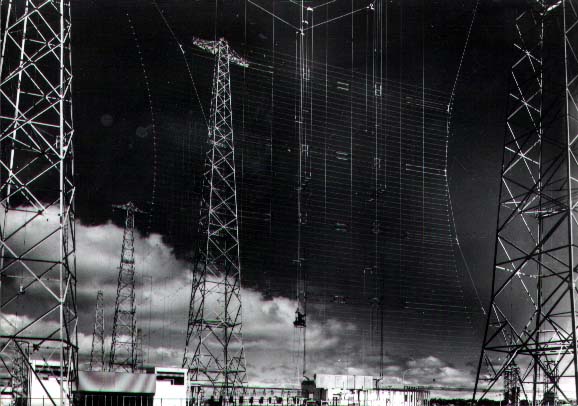

|
JPL's Wireless Communication Reference WebsiteChapter: Network Concepts and
Standards
|
 Short wave
radio signal reflect against the ionosphere and the earth surface. This allows
short wave signals to travel over huge distances. The propagation range is not
restricted to a 'line of sight'. Many international services therefor use short wave
radio.
Short wave
radio signal reflect against the ionosphere and the earth surface. This allows
short wave signals to travel over huge distances. The propagation range is not
restricted to a 'line of sight'. Many international services therefor use short wave
radio.
The modulation method used for short wave radio is AM with an audio bandwidth as small as 2.5 kHz. Multipath propagation and varying ionospheric conditions lead to fading, which often severely affects the audio quality.
The wave length is 10 to 100 meters, or equivalently 3 MHz (100 m) to 30 MHz (10 m). Directional antennas in this frequency range have enormous physical dimensions.

Photo: The World Service of Radio Netherlands uses this antenna set up in their Madagascar relay station.
Short wave broadcasters usually appreciate reactions from their listeners about the reception quality. In return they issue "QSL-cards", a confirmation that the listeners has received their programs. Some short wave listeners make a hobby out of collecting QSL cards.


